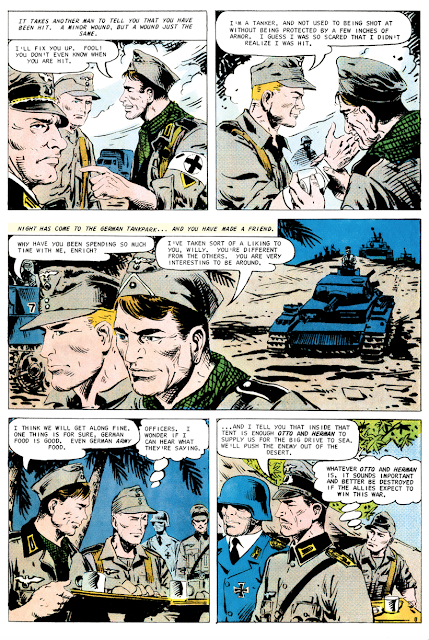 |
| A sheep guards a moorland path into Haworth, England |
The Tenant of Wildfell Hall. Jane Eyre. Wuthering Heights.
There's no question that the Bronte sisters--Anne, Charlotte, and Emily--were talented. Nor, sadly, is it questioned that they died far too young. As with fans of Jane Austen, Bronte fans can only wonder how many more literary classics the three would have penned had they lived longer.
 |
| Walking the streets of Haworth |
An 1850 report by Benjamin Hershal Babbage reports a lack of adequate public privies, excrement in the streets for lack of sewers, and pigsty and slaughterhouse waste lingering for far too long. Drinking water mixed with decomposing matter in an overcrowded graveyard, as well as the other inadequately treated and stored waste matter. Add to that overcrowding, and its easy to see why Babbage reported that the average life expectancy in Haworth was 25.8 years.
Anne died just 29 years old, Emily at 30, and Charlotte, the most prolific of them all, at 38. All lived long lives, at least when compared with the town average. Perhaps the fact that they all spent years away from Haworth, for school or work, helped extend their lives.
 |
| Haworth's overcrowded graveyard |
Had they lived three hundred years earlier, during England's Tudor period, the sisters would never have drank from the local water supply. The Tudors suffered no illusions as to the health of their drinking water. Thus, everyone made and drank only ale, which was sweetened with honey, as sugar had to be brought in from overseas, and was therefore expensive.
But then, Tudor life expectancy was only 35 years.
Perhaps it's just as well I only drank Diet-Coke during my visit to Haworth ten years ago. It may have been a bit more expensive than tap water, as it's sweetened with rare and exotic sweeteners. Still, safety first, right?
Dragon Dave
Related Links















